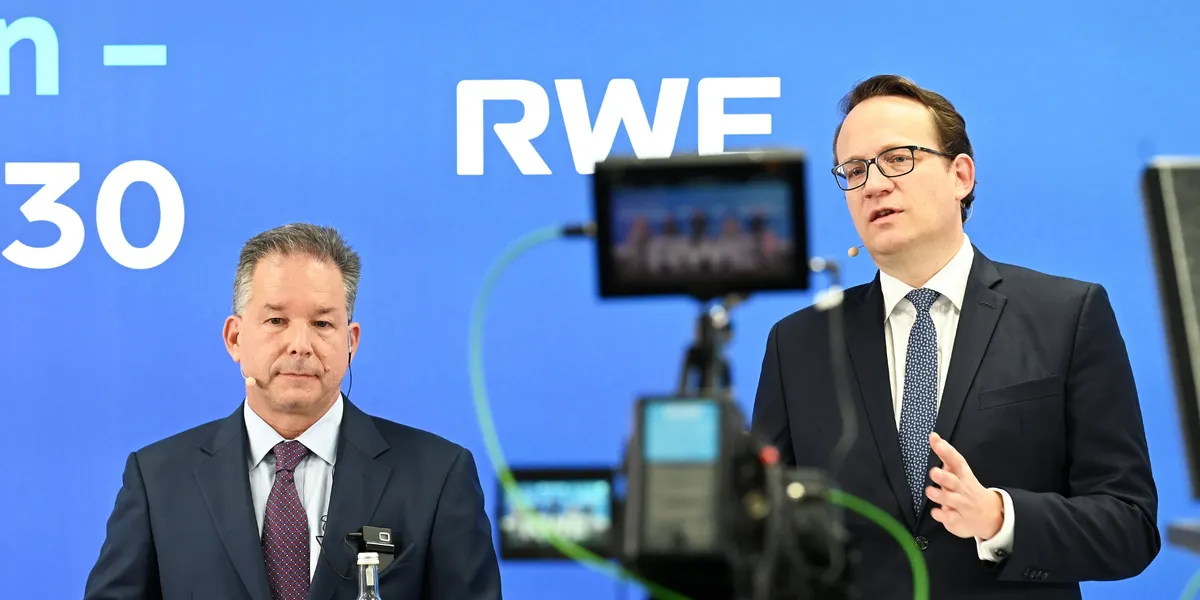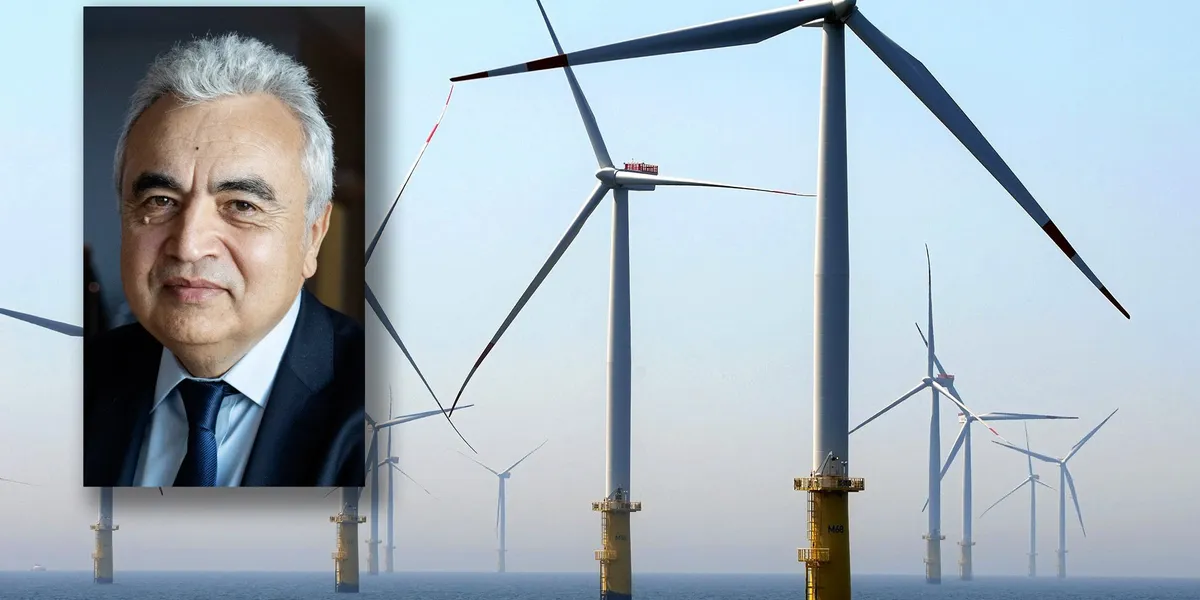This Week in Cleantech is a weekly podcast covering the most impactful stories in clean energy and climate in 15 minutes, featuring Paul Gerke of Factor This and Tigercomm’s Mike Casey.
This week’s episode features special guest Tim McDonnell from Semafor, who wrote about Google’s moves to drive down the energy consumption of AI search queries to lower its carbon footprint.
This week’s “Cleantecher of the Week” is Guy Nicholson, head of zero-carbon grid solutions at Statkraft. StatKraft is a Norwegian startup that created a 100-ton spinning machine turning at 3,000 rotations per minute to help stop blackouts as more cheap solar power is added to the grid. It can absorb excess power, if there’s too much, or inject power into the grid, if there’s too little. Akshat Rathi covered this company in a Bloomberg piece, and Guy was the spokesperson. Congratulations, Guy!
China is dominating the EV market with 70% of global manufacturing in 2024. Two major Chinese EV companies have already announced a 5-minute charger.
However, car buyers in the US aren’t likely to get access to 5-minute chargers anytime soon. China has already pulled a generation or two ahead on the technology, and very few Chinese-branded cars are sold in the US because of tariffs. China treats EV charging stations as critical infrastructure, much like the US does highway maintenance. They build charging hubs directly into the grid, unlike the US.
China invested upfront in its charging network, before there was a market. They saw it coming, now they’ve pulled ahead and left others behind.
Read here.
The latest International Energy Agency, or IEA, forecasts have shown oil and gas demand could peak by the end of this decade as EV sales grow, and the cost of solar and storage plummets. The projected peak in demand is partly because China’s appetite for oil is leveling off as they shift from oil to battery-powered transportation. BloombergNEF and oil companies like BP and Equinor have also projected a peak in oil use by around 2030.
Others, like Exxon Mobil and OPEC, believe oil will see continued growth in the coming decades.
Read here.
ERCOT says electricity usage may rise 62% in 2030 from its current record. Data centers, crypto-mining facilities and factories are planned to be built in Texas, and renewables are slated to provide the power. 94% of new power capacity added to the Texas grid since 2020 has come from renewables or batteries. Texas has more clean energy and batteries than any other state, supplying more than 30% of its electricity.
The “One Big Beautiful Bill” ends tax credits for these types of projects starting in 2028, making them more expensive to build. Texas officials have tried to encourage construction of natural gas plants, but cost uncertainties and a global turbine shortage have made it a challenge. The state’s booming economy is at stake if it can’t add more electricity generation.
Read here.
Solar panels that plug into regular wall outlets have been popular in Europe for years, and are now gaining traction in the U.S. The systems are about the size of a door, and can be mounted on the balcony of an apartment or in a backyard. This is especially appealing right now considering rooftop solar tax credits are set to expire, and some homeowners can’t afford the upfront cost of rooftop solar. One plug-in solar customer saw $35 savings per month on their electricity bill. The smaller systems allow people to better manage where their energy comes from and what they pay.
Read here.
Google says it is making moves to drive down the energy consumption of AI search queries to lower its carbon footprint, to the point where it is “essentially a non-consideration.” Google’s new research estimates the typical Gemini query uses just .24 watt-hours of electricity, “the equivalent of watching about 9 seconds of television”. Many AI energy forecasts assume chips always run at full power, which exaggerates usage since they usually operate well below that. But those same forecasts often ignore other steady energy draws, like idle backup servers, lights and air conditioning, leading to underestimates.
Read here.









